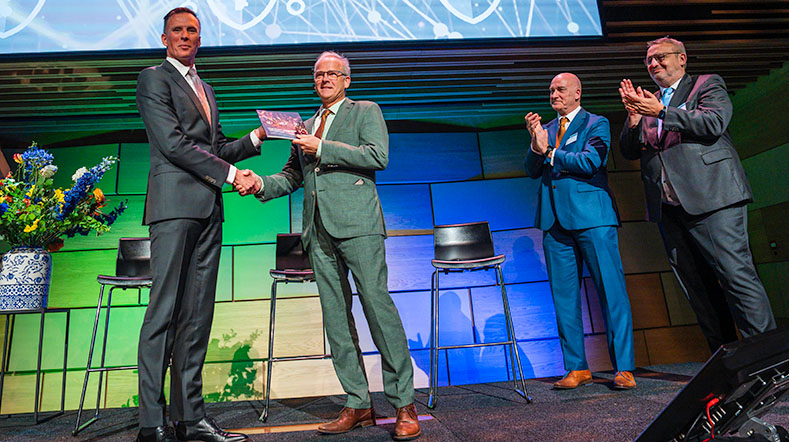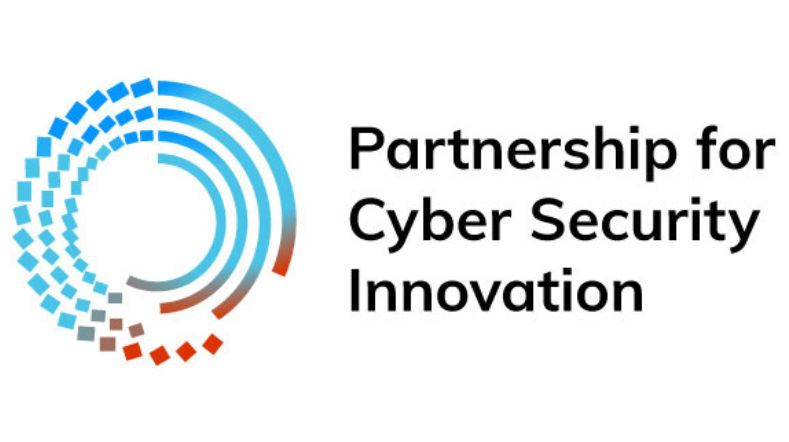Trusted ICT
Security is essential in the digital society. At TNO, we’re working hard on digital security – for the present and especially for tomorrow. Our innovations affect you and the world around you. Discover what we’re doing.

Cyber security
What steps do we need to take to improve cyber security in the Netherlands? TNO is working with organisations on the challenges and innovations in this area.
Our latest developments
26 resultaten, getoond 1 t/m 5
AIVD, CWI, and TNO publish renewed handbook for quantum-safe cryptography
An updated handbook for quantum-safe cryptography. Discover the latest advice for a quantum-safe environment: cryptographic assets, quantum risks and agility.


Time setter story: Noura El Ouajdi


In-depth software testing made easier


No migration without an inventory: protection against quantum computers starts with insights


Robust application communications security testing: as easy as can be




